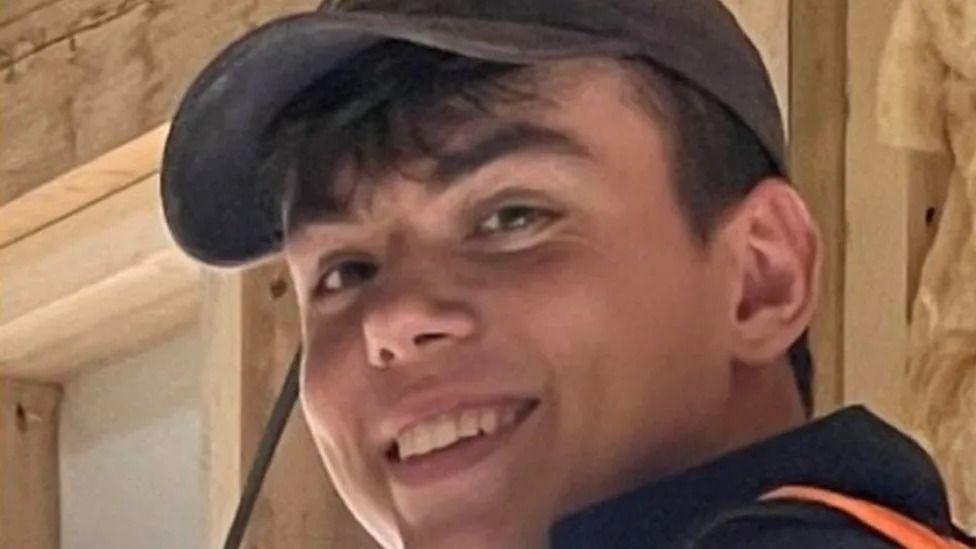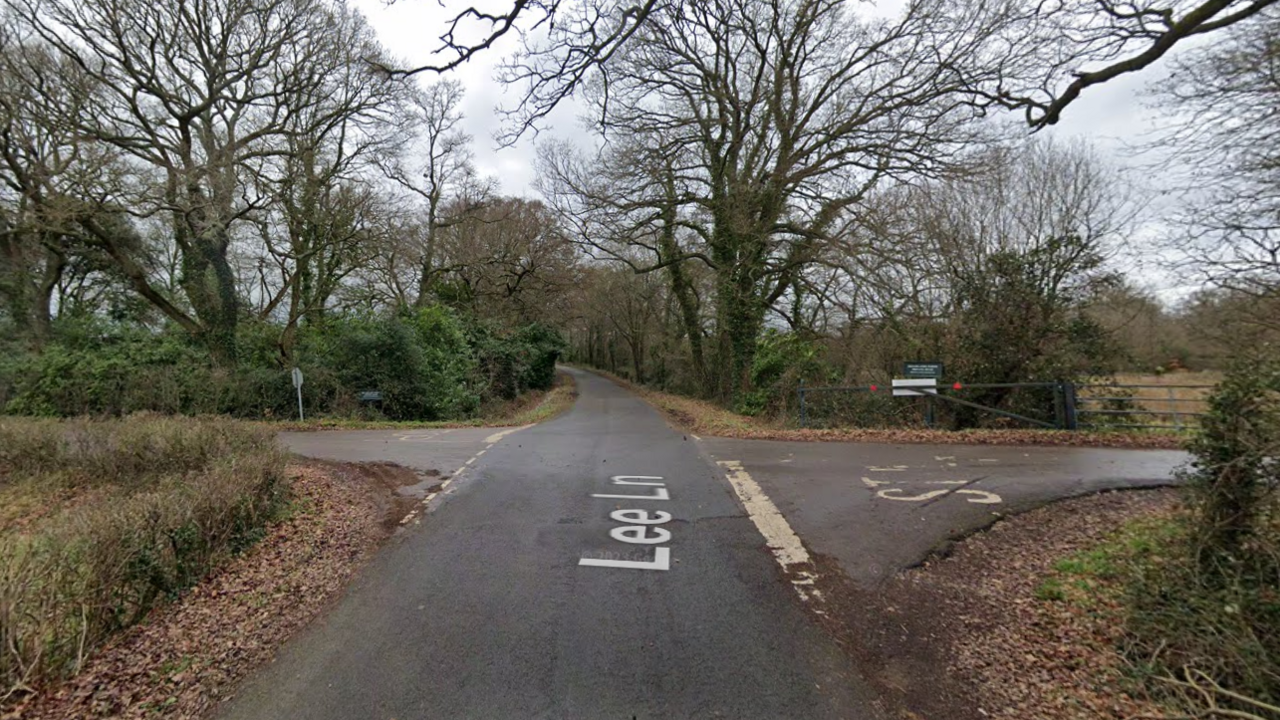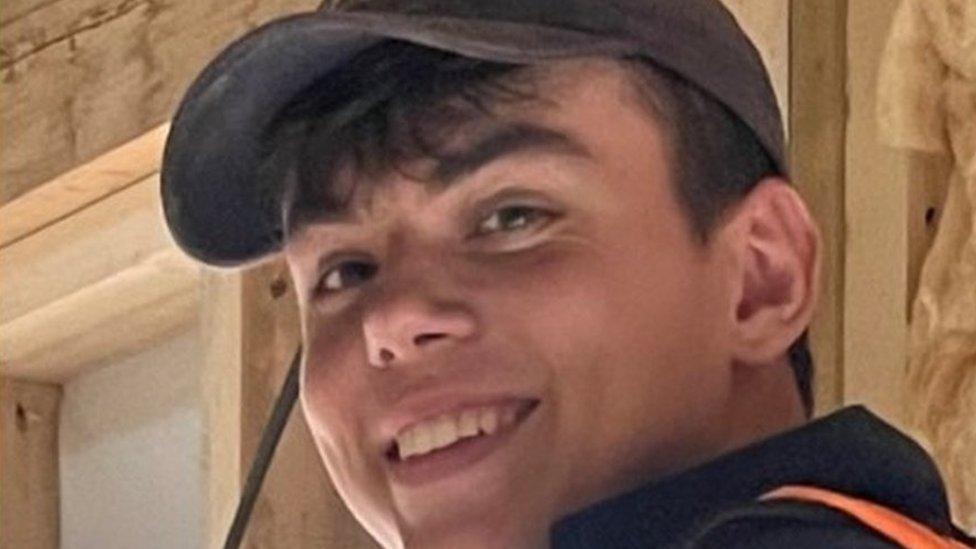Teen's death prompts concern over crash detection alerts

George Dillon was driving a VW Golf when it came off Lee Lane, Romsey, on 18 May 2023
- Published
A coroner has raised concerns about how police respond to automatic crash detection alerts after a teenage driver died in a crash on a country road.
George Dillon, 19, lost control of his Volkswagen Golf and hit a large tree on Lee Lane in Romsey, Hampshire, on 18 May last year.
His iPhone detected the crash and made a 999 call - but an operator logged "no direct request" after not being able to hear anything being said, an inquest in Winchester was told.
A member of the public later reported the crash and Mr Dillon was taken to hospital. He died as a result of his injuries two days later.
Mr Dillon's phone sent an automated call to Hampshire police's control room at 22:26 to indicate there had been a crash and he was not responding.
A call back from the control room went straight to voicemail and inquiries by the force's intelligence team drew a blank at 22:43.
If there had not been a call from a member of the public two minutes later, further steps could have taken place to make contact, coroner Henry Charles said.
Mr Charles said a police vehicle might have been sent to the coordinates provided by the phone, but that it was also possible no further action would have been taken.

The crash happened near the junction of Lee Lane and Spaniard’s Lane
The inquest heard "not enough" was known by officers about the automatic call technology, which Apple introduced in 2022, and the coroner said "understanding, training and procedures" about how to respond to them needed reviewing.
In a written response, Hampshire and Isle of Wight Constabulary's solicitor said there had been no national guidance on how to respond to automatic crash notifications at the time.
After the inquest, a video message was sent to all staff on the expected course of action when receiving a crash notification, followed by written guidance saying operators should deploy crews if they cannot get a human response or other information indicating it was a false notification.
The coroner also wrote to the National Police Chiefs' Council, whose lead for contact management Catherine Akehurst said she was directing a task and finish group to work in "fast time" to create an agreed national position on automated calls.
Highways authority Hampshire County Council was also written to in relation to the condition of the road.
The coroner said he was concerned the hazard posed by the crest on Lee Lane, where Mr Dillon crashed, was not readily apparent to drivers even when travelling within the 60mph (96km/h) speed limit.
The council said the coroner's report had prompted another review of the collision by the casualty reduction programme team, which concluded signs warning of the crossroad and advising drivers to drive slowly should be put up.
Get in touch
Do you have a story BBC Hampshire & Isle of Wight should cover?
You can follow BBC Hampshire & Isle of Wight on Facebook, external, X (Twitter), external, or Instagram, external.
- Published26 May 2023
